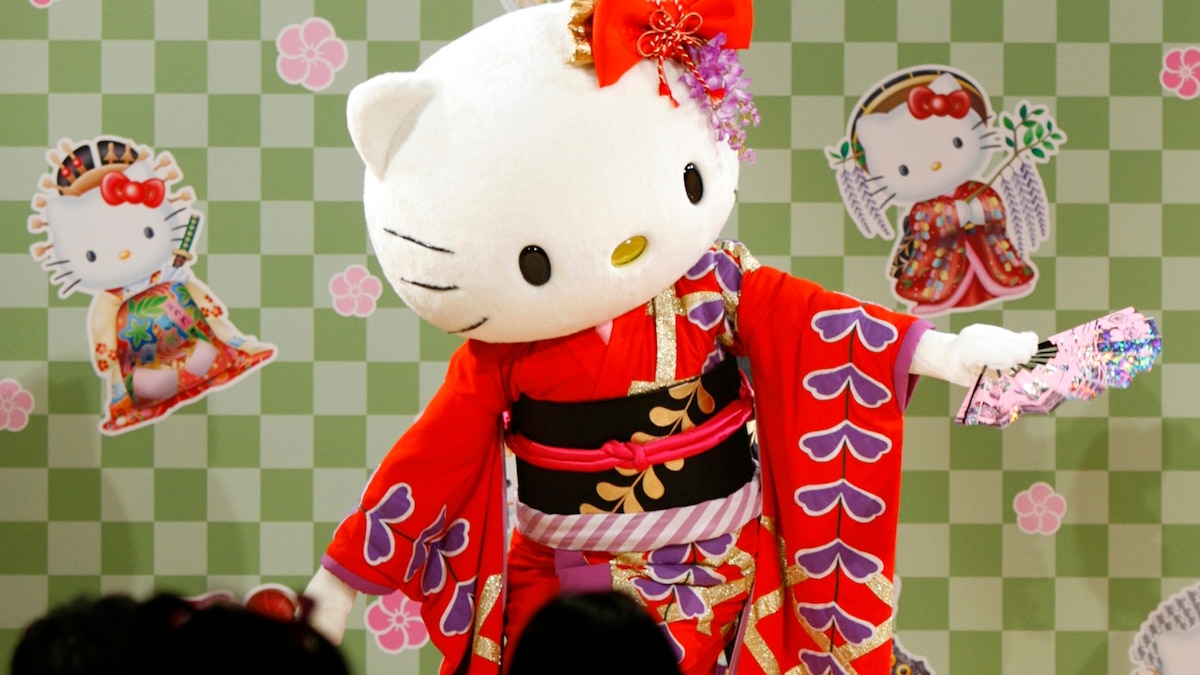Now Reading: How Hello Kitty Became Japan’s Post-War Global Icon
-
01
How Hello Kitty Became Japan’s Post-War Global Icon
How Hello Kitty Became Japan’s Post-War Global Icon

Fast summary:
- origins of Hello Kitty: The character was created in 1974 by yuko Shimizu at Sanrio Inc.,initially aimed at marketing rubber sandals.
- Post-WWII Japan’s Strategy: Following intense anti-Japanese sentiment, Japan used cultural exports and kawaii (cuteness) aesthetics to reshape its global image from a militaristic power to a soft-power nation.
- Kawaii Culture’s Role: Rooted in Japanese “girl culture,” kawaii offered a visual aesthetic of innocence and simplicity, evolving into both a symbol of resistance for marginalized groups and an effective diplomatic tool.
- Global Impact of Hello Kitty: By 1983, it became UNICEF’s official children’s ambassador. The Japanese government embraced kawaii through programs like “Cool Japan,” using it as a soft-power diplomacy initiative.
- Cultural Diplomacy Examples: kawaii ambassadors where deployed internationally to promote friendliness; even figures like Shinzo Abe employed cute imagery for political messaging.
- Critique of Kawaii Use: Some experts caution about the use of cuteness as partisanship disguised by innocence, highlighting its dual role in empowering individuals while advancing nationalist agendas.
[Images]
- Stamp printed in japan featuring Hello Kitty (2011). Photograph by neftali/Alamy Stock Photo.
- Entrance to the Sanrio gift store with luminous colors; Japanese girl passing by wearing kimono (Tokyo). Photograph by JPVisional/Alamy Stock Photo.
- Hello Kitty-themed express train linking Kansai International Airport with Kyoto & Osaka regions. Photograph by Leopold von Ungern/Alamy Stock Photo.
Indian Opinion Analysis:
Japan’s strategic use of kawaii culture highlights how soft power can be effectively utilized to overcome negative historical perceptions and foster global alliances through cultural diplomacy-an approach worth noting for India’s global image-building efforts.
India has similarly relied on cultural exports like yoga, Bollywood, and cuisine but might draw lessons from Japan’s integration strategy that binds identity branding with diplomacy under cohesive policies such as “Cool Japan.” It projects inclusiveness without revisiting past political aggressions-a challenge India faces given its diverse history tied to colonialism and regional tensions.
Policymakers could reflect on this model when promoting campaigns like Brand India, emphasizing non-political symbols that resonate emotionally across borders while retaining cultural authenticity-not just leveraging economic strength but also shared values.
Neutral exploration aside,care must be taken when deploying “inclusive” signs tied entirely toward mass consumer idealism or masking divides too simplistically; critics easily distrust nations caught overpackaging relevance layered overly thin “sugar-coated” attempts beyond clear transparent-legacies merit legitimacy match conflict defuses sensitively deemed likewise modern Asia systems’ similar studied pace pace reshaped rise prevalence direct democratic-image positive-promotional curved objectives humanity improving global peace-success long-term-care responsibility-considerate aspects harmoniously vibrant avenues crafted measured uitbreiding(success)!

























